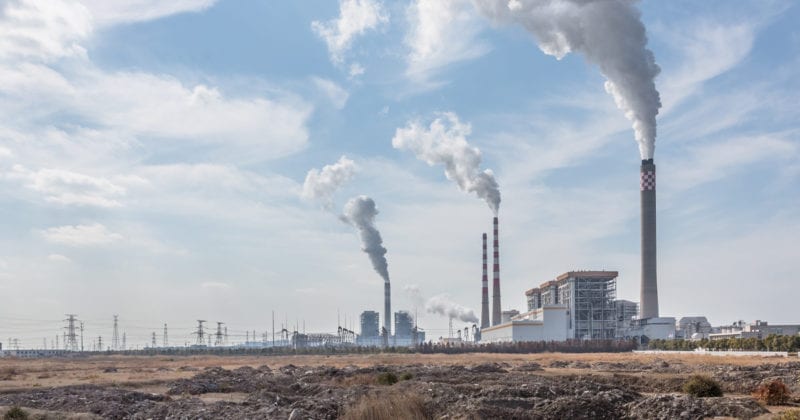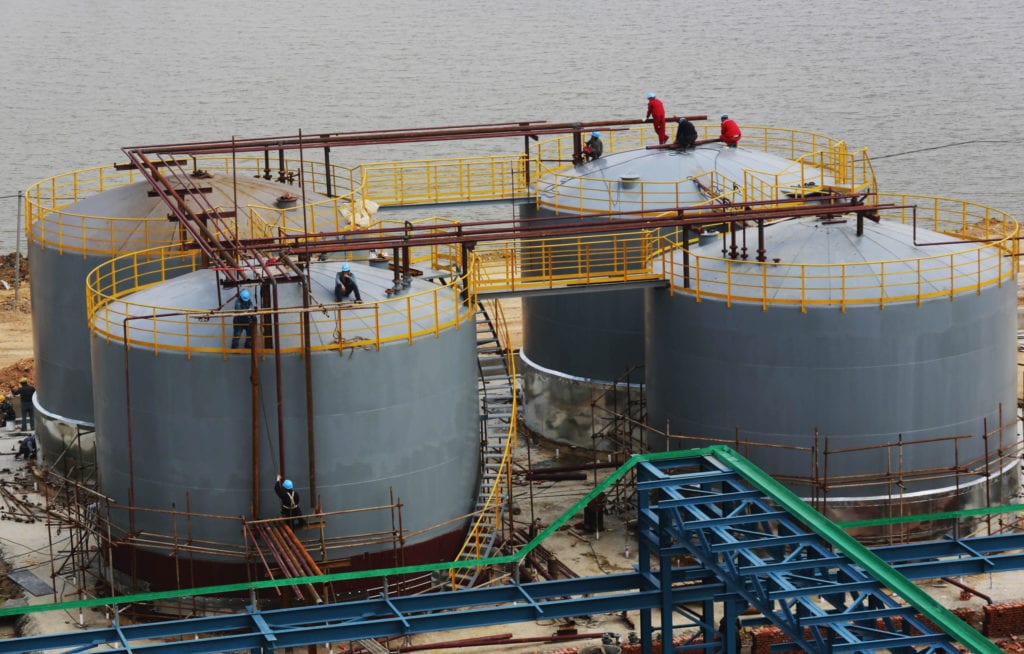
5 lessons to learn from Jiangsu’s deadly chemical blast

Almost everything in the vicinity was flattened and reduced to rubble following a chemical plant blast at the Chenjiagang Industrial Park in Jiangsu, eastern China.
The massive explosion on March 21 at a pesticide plant, operated by the Jiangsu Tianjiayi Chemical Company, triggered a seismic tremor and took the lives of 78, while injuring over 600 people.
It marked the deadliest industrial safety accident in China since the 2015 Tianjin port disaster.
Home to around 4,280 chemical companies and 50 chemical parks, Jiangsu is one of China’s top chemical-producing provinces with a notoriously poor track record in industrial safety and environmental compliance.
In the wake of the devastating blast, a swift regulatory crackdown ensued as the provincial authorities launched thorough safety inspections, ordered the shutdown of various chemical production enterprises and expedited the relocation of smaller chemical companies away from densely populated areas.
Past industrial accidents in China
Past industrial accidents in China
- November 2018: A chloroethylene gas leak in the northern Chinese city of Zhangjiakou, Hebei killed 24 people and injured 21 others.
- July 2018: A chemical blast at an illegally constructed plant in southwest Sichuan province left 19 dead and 12 injured.
- August 2015: Two blasts ripped through the industrial Binhai New Area in the port city of Tianjin, China, late on August 12, killing 173 people and sending shockwaves as far as 20 kilometers away.
Source: Resilience360, SCMP
Many chemical companies faced shortages in their supply chain and distribution channels as they struggled to meet the demand while complying with stringent industry safety and environmental standards.
According to supply chain risk management platform DHL Resilience360, there were five key lessons to be learned from the experience in terms of adapting and building resilient supply chains:
1. Create supplier visibility
Understanding where suppliers are located within China, as well as the region or province that they may have manufacturing locations in, is key to preparing for business contingency plans.
In the event of unforeseen circumstances such as a regulatory crackdown, these plans will clearly dictate the processes to be implemented to ensure limited disruption to the supply chain.
Companies are advised to ensure visibility of critical supplier locations and product flows through mapping tools to assess potential impact in the event of a similar industrial accident, and develop subsequent policy measures to mitigate the fallout.
2. Monitor supplier issues and early indicators of non-compliance
The use of supplier monitoring tools can help ensure that companies can identify suppliers who may be facing safety production issues.
For instance, DHL Resilience360’s Supply Watch tool utilizes advanced machine learning and natural language processing technologies to analyze diverse data sources for tell-tale indicators of potential supplier problems.
Unlike conventional search approaches, the risk management tool — jointly developed by leading linguistics experts and data scientists — identifies both the content and the context of online discussion surrounding risk-relevant events and situations.
Real-time monitoring of issues affecting suppliers can help companies better formulate a more robust sourcing approach in China.
3. Develop a robust supplier risk mitigation strategy
Companies are advised to work with multiple suppliers as there is a need to consider alternative sourcing strategies for critical supplies — this would soften the impact of plant closures and industrial zone shutdowns, as was the case with the Jiangsu blast.
“Building a diverse supplier base which includes companies of different sizes across different geographical locations is a vital element to mitigate supply chain risks should an unexpected situation arise,” said Tobias Larsson, CEO & Founder of DHL Resilience360.
In addition, companies that are sourcing products from China should take into account the likelihood and risk of industrial accidents to ensure sufficient compliance and to avoid reputational damage.
4. Follow regulatory developments
The industrial accident underlined the importance that supply chain professionals need to be aware of ongoing regulatory changes and how it can directly impact their supply chain and distribution networks.
While Chinese regulators continue to grapple with the need to balance economic performance and environmental protection, companies should do their due diligence in staying abreast of the regulatory environment to minimize manufacturing and production costs associated with relocation, production halts, plant closures and or industrial zone shutdowns.
A failure to comply with regulatory directives could result in significant financial and reputational damage.
5. Emphasize industrial safety and environmental protection
Given the sensitive nature of regulatory crackdowns and industrial incidents from the chemicals sector, foreign companies should align themselves with the broader policy objectives of Chinese regulatory authorities.
A strong emphasis on industrial safety and environmental protection is imperative in their daily operations, especially with regards to key suppliers.
This not only fosters greater trust with regulatory authorities but provides foreign companies and suppliers with a clearer picture of the regulatory priorities from industrial safety and environmental inspectors.
While the chemicals sector in China and around the world remains vulnerable to accidents, the measures above should put supply chain professionals in good stead to overcome sudden disruptions.
This article was adapted from the DHL Resilience360 Special Report — “The Jiangsu Yancheng explosion: Implications for industrial safety and chemical supply chains”.







 English
English